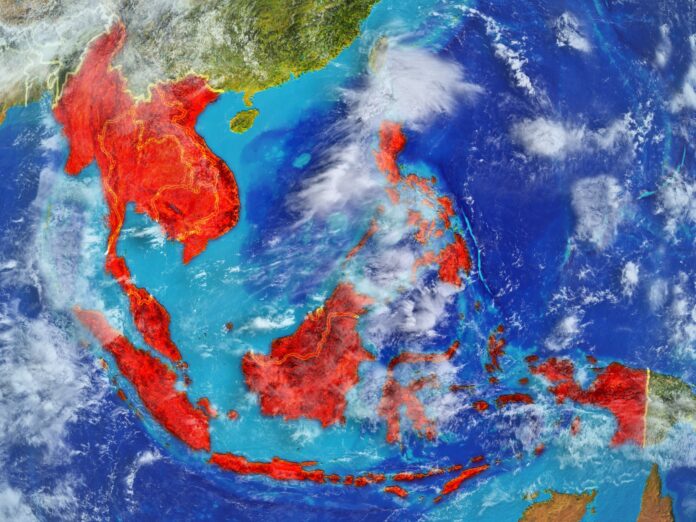The report said 5G subscriber numbers continue to grow in Australia, Malaysia, Singapore and Thailand
5G subscriptions in South East Asia and Oceania 5G are forecast to reach around 560 million by the end of 2029, according to the latest Ericsson Mobility Report.
The updated report stated that the 5G subscriber base continues to grow in Australia, Malaysia, Singapore and Thailand as subscribers migrate to this technology, driven by more affordable 5G devices, promotional plans, discounts and large data bundles from service providers, Ericsson said.
The Nordic vendor added that 5G subscriber base as a percentage of the total subscriber base has reached over 20% in these markets.
Ericsson also highlighted that service providers in advanced 5G markets such as Australia and Singapore continue to focus on innovations in speed, coverage and differentiated services.
“In the Philippines, while 5G network coverage has increased over the past year, 5G penetration and data consumption remain low. In Indonesia, 5G subscriber uptake has been limited, as service providers are waiting to be awarded mid-band spectrum for expanding their 5G coverage,” the report stated. “Indonesian service providers launched 5G in 2021 with the 2.3 GHz, 2.1 GHz and 1,800 MHz bands. Among other countries, Vietnam recently auctioned 5G mid-band spectrum, and the launch of commercial 5G is expected in the next 6–12 months.”
Meanwhile, Ericsson noted that in North East Asia, service providers have invested in 5G to improve coverage and capacity, focusing on indoor coverage. “Strong 5G subscription growth continued in 2023, rising by 234 million to total 908 million subscriptions. 5G is the only growing subscription type and is expected to reach 1.8 billion in 2029. 5G subscription uptake, supported by the availability of more 5G device models, has positively impacted service providers’ financial performance,” said the vendor.
Ericsson’s report also highlighted that major service providers in leading 5G markets, such as mainland China, Taiwan and South Korea, have reported that 5G subscribers have had a positive impact on service revenues and ARPU. The report also stressed that there is strong regional interest in new 5G IoT solutions based on reduced capability or RedCap.
“For example, in mainland China, the regulator is encouraging faster ecosystem readiness, and urban area coverage is planned by 2024 in all major cities. Availability of commercial RedCap services has been claimed by three service providers in early 2024.”
The Ericsson report also forecasts that Fixed Wireless Access (FWA) connections worldwide are projected to increase to 330 million by the end of 2029, up from 130 million last year. Of the 330 million projected connections, close to 85% are expected to be over 5G.
Ericsson noted that the number of FWA connections in Asia-Pacific is expected to more than triple in the 2023-2029 period, increasing its share of global FWA connections from 39% in 2023 to 48% in 2029.
“Higher volumes of 5G FWA in large, high-growth countries, such as India, have the potential to drive economies of scale for the overall 5G FWA ecosystem, resulting in affordable customer premises equipment (CPE) that will have a positive impact across low-income markets,” Ericsson said.

